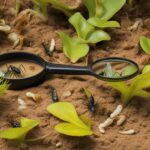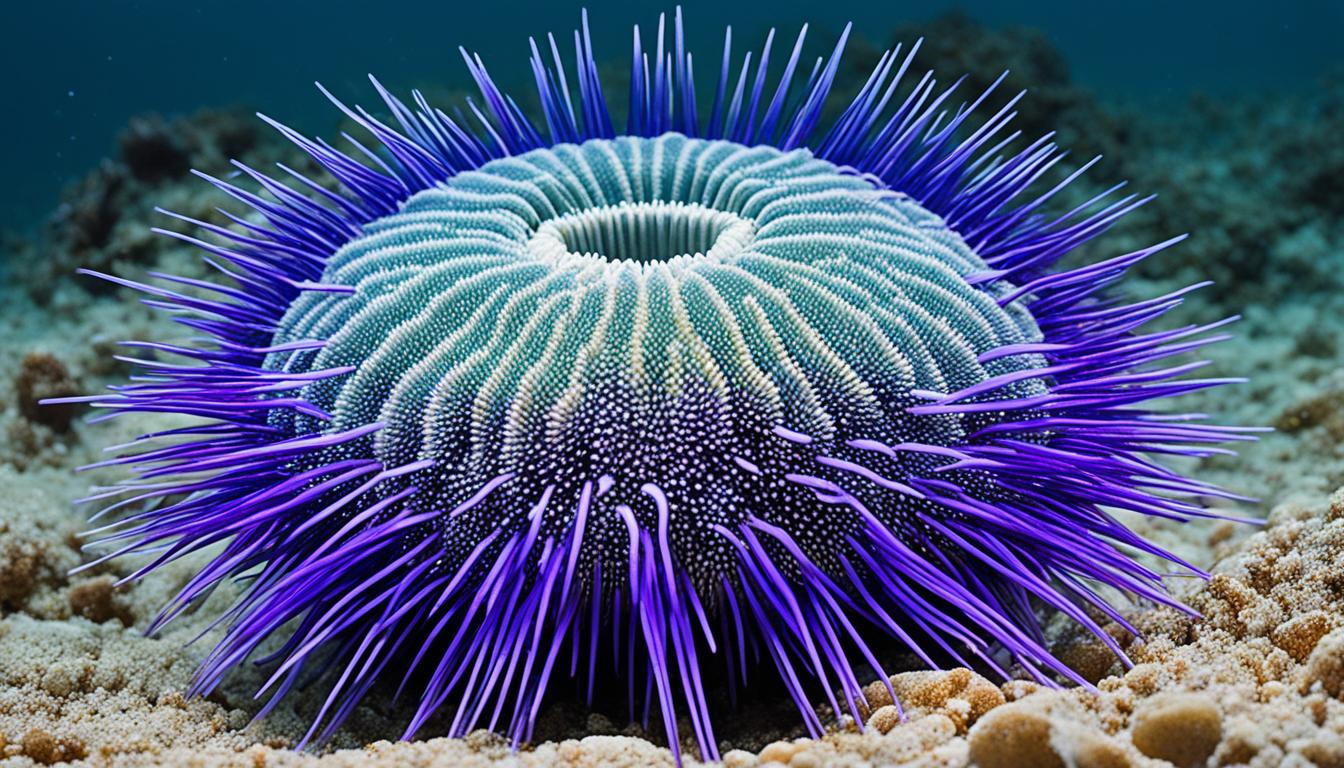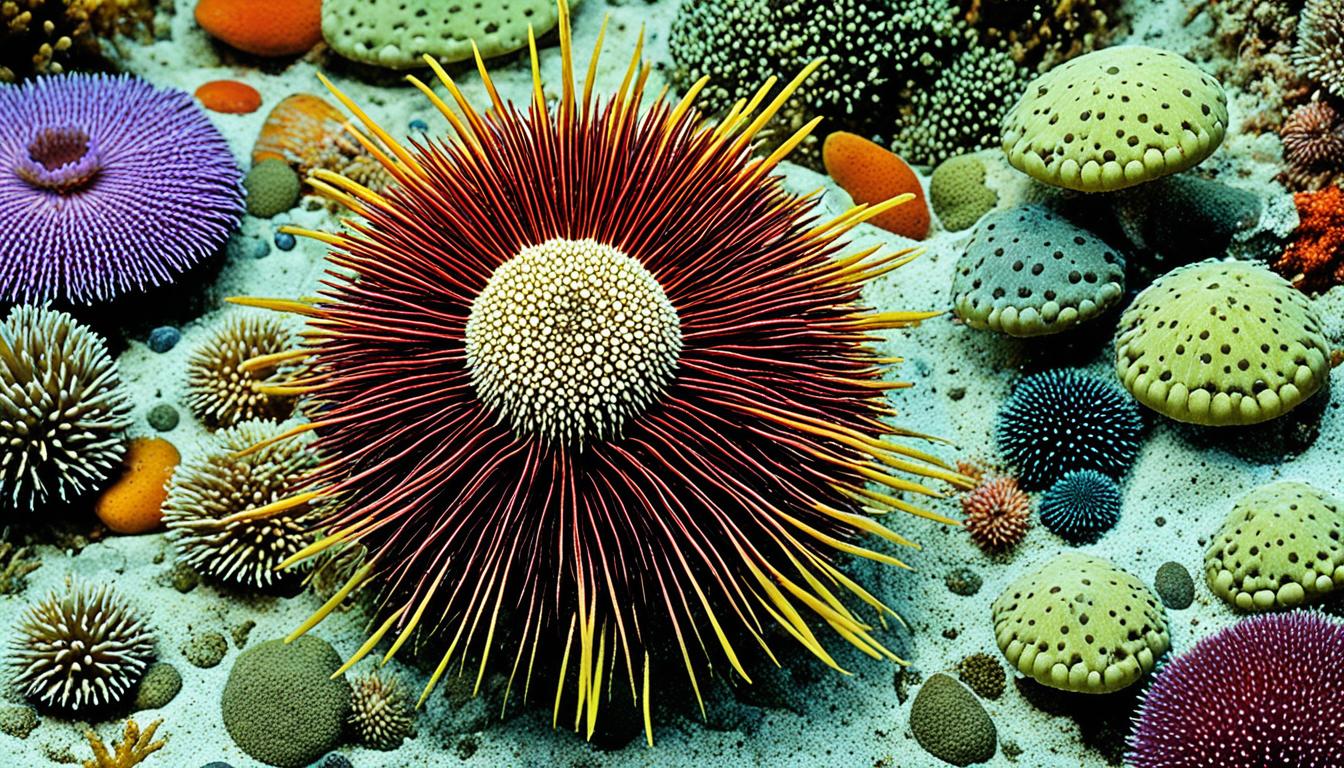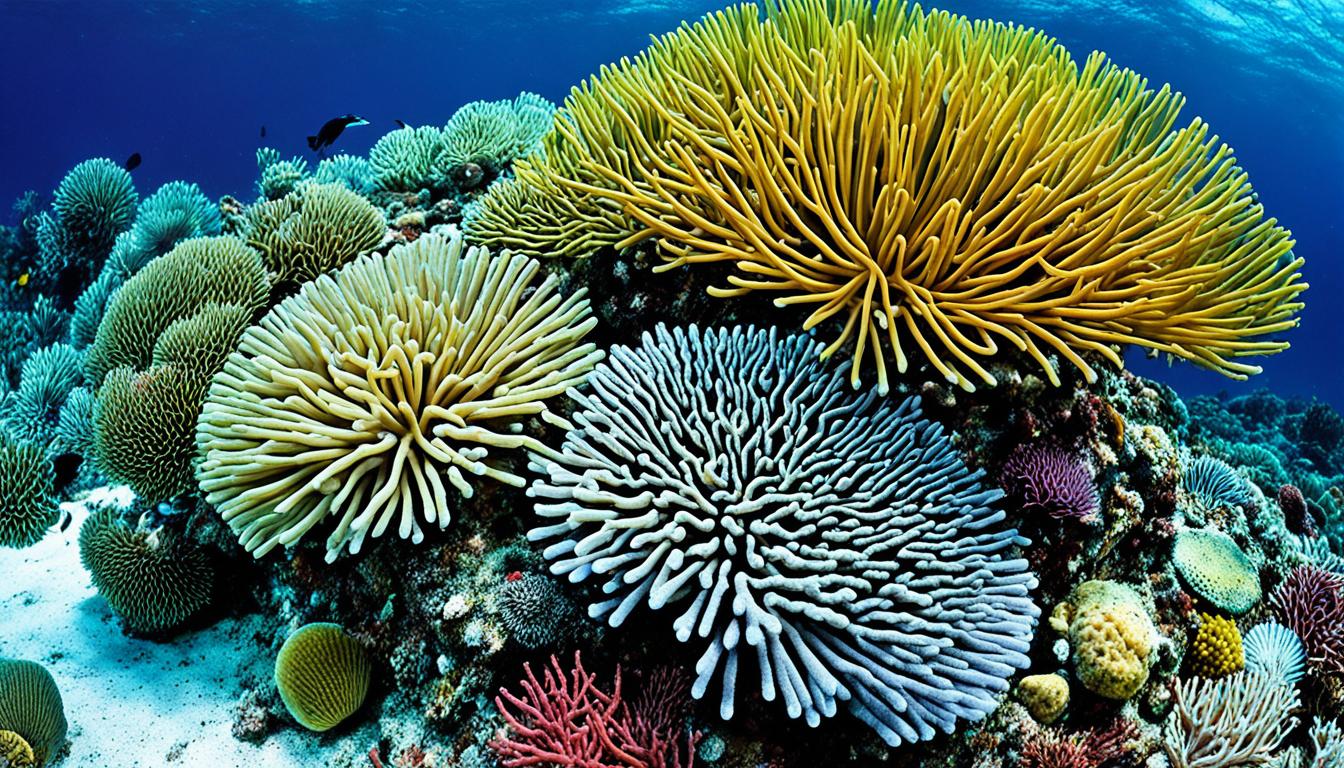If you’re a fan of carnivorous plants, you’ve likely heard of the Venus flytrap. These fascinating plants are known for their unique mechanism of capturing and digesting insects. However, when it comes to their nutritional needs, things can get a little more complicated. In this section, we’ll explore whether you can fertilize a Venus flytrap and provide a comprehensive guide on plant nutrition for these intriguing plants.
Key Takeaways:
- It’s possible to fertilize a Venus flytrap, but it requires careful consideration and attention to detail.
- Venus flytraps derive most of their nutrients from insects they capture and consume.
- Choosing the right fertilizer and feeding method is crucial for promoting healthy growth and avoiding nutrient deficiencies.
Understanding the Nutritional Needs of Venus Flytraps
Before diving into fertilization methods, it is important to understand the nutritional needs of Venus flytraps. These unique plants derive their nutrients from the insects they capture and consume, rather than from the soil. Their natural habitat supplies them with necessary elements, but in cultivation, it is crucial to mimic their natural environment to provide for their nutritional needs.
Venus flytraps require a balanced diet of macro and micronutrients, including nitrogen, phosphorus, potassium, calcium, magnesium, and others. Nitrogen is especially important as it contributes to the growth and reproduction of these carnivorous plants.
It is important to avoid overfeeding Venus flytraps, as it can lead to root burn and other detrimental effects. It is also crucial to ensure that the insects fed to the plant are small enough to fit inside the traps, as larger prey can cause damage to the plant.
To provide the proper nutrition for Venus flytraps, it is recommended to use purified water, such as rainwater or distilled water, as tap water may contain excessive minerals that can harm the plant. The use of fertilizers can also supplement the nutrition of Venus flytraps, but it is important to choose the appropriate fertilizer and apply it correctly.
Meet the Nutritional Needs of Venus Flytraps
| Nutrient | Function | Source |
|---|---|---|
| Nitrogen (N) | Contributes to growth and reproduction | Insects |
| Phosphorus (P) | Involved in photosynthesis and energy transfer | Purified water, insect prey |
| Potassium (K) | Regulates water movement and enzyme activation | Purified water, insect prey |
| Calcium (Ca) | Supports cell wall structure and function | Purified water, insect prey |
| Magnesium (Mg) | Chlorophyll production and enzyme activation | Purified water, insect prey |
| Sulfur (S) | Amino acid synthesis | Insects |
Caring for Venus flytraps requires attention to their unique nutritional needs. By understanding the essential nutrients and ensuring that they are appropriately fed, you can promote healthy growth and ensure the longevity of your fascinating carnivorous plant.
Selecting the Right Fertilizer for Venus Flytraps
The right fertilizer is crucial for the healthy growth of Venus flytraps. When selecting a fertilizer, it’s important to consider the ratio of nutrients, whether to use organic or synthetic options, and if you prefer slow-release or liquid fertilizers.
While any fertilizer can potentially be used on Venus flytraps, certain types provide better results. A fertilizer with a ratio of 5:1:1 (nitrogen, phosphorus, and potassium) is ideal for Venus flytraps.
Organic fertilizers are preferred over synthetic options as they can provide a slow and steady source of nutrients. They also promote the growth of beneficial microorganisms in the soil, which create a healthier environment for your flytrap. If you prefer synthetic fertilizers, choose one that is specifically formulated for carnivorous plants.
Slow-release fertilizers are ideal for flytraps as they release nutrients gradually over time, which reduces the risk of over-fertilization. Liquid fertilizers can also be used, but must be diluted to a quarter or half of the recommended strength to prevent damaging the plant’s roots.
Some of the best fertilizers for Venus flytraps include Osmocote Plus Slow Release Plant Food, Miracle-Gro Carnivorous Plant Food, and Maxsea All Purpose Plant Food. They are all available in most plant nurseries and online retailers.
Remember to avoid fertilizing your Venus flytrap during the winter months as it can disrupt the dormancy period.
By selecting the right fertilizer for your Venus flytrap and following the correct application methods, you can provide the necessary nutrients for healthy and vigorous growth.
When and How to Fertilize Venus Flytraps
To ensure optimal growth, it’s important to fertilize your Venus flytrap regularly. But when and how should you apply fertilizer? Here’s a step-by-step guide:
When to Fertilize Venus Flytraps
Venus flytraps should be fertilized during their active growing season, typically from spring to fall. Avoid fertilizing in the winter, as the plant is likely in a dormant period.
A good rule of thumb is to fertilize every two to four weeks during the active growing season. However, pay attention to your plant’s individual needs and adjust accordingly.
How to Fertilize Venus Flytraps
When fertilizing your Venus flytrap, there are a few key things to keep in mind:
- Use a balanced fertilizer, such as a 10-10-10 or 20-20-20 blend. Avoid fertilizers with high levels of nitrogen, as this can damage the plant.
- Use a diluted fertilizer solution, typically around 1/4 to 1/2 the recommended strength.
- Carefully apply the fertilizer to the soil around the plant, being sure to avoid getting any on the leaves or traps. This can cause damage to the plant.
- Water the plant immediately after fertilizing to help distribute the nutrients evenly.
It’s important to avoid over-fertilization, as this can damage your Venus flytrap. Be sure to follow the instructions on your chosen fertilizer and monitor your plant for any signs of stress or nutrient deficiency.
Feeding Venus Flytraps: Alternatives to Fertilization
While fertilization can provide additional nutrients for your Venus flytrap, it’s not the only way to ensure its health. Live insects can be fed to Venus flytraps to provide the necessary nutrients they require. In its natural environment, a Venus flytrap derives its nutrients from the insects it captures and consumes.
When feeding your Venus flytrap, it’s essential to choose insects that meet its nutritional requirements. Small insects such as fruit flies or gnats can be fed to your plant every two weeks. Larger insects such as crickets can be offered less frequently, around once a month. Be sure to avoid feeding your plant insects that are too large or those with hard exoskeletons which could potentially harm your plant.
Another option is to offer your Venus flytrap “fish food,” containing a high concentration of essential nutrients such as nitrogen and phosphorus. This can be a more convenient and cost-effective way to supplement your plant’s nutrition.
Remember, when feeding your Venus flytrap, avoid using tap water which contains minerals and chemicals that can harm the plant. Always use distilled water or rainwater instead.
Common Mistakes in Venus Flytrap Fertilization
While fertilizing Venus flytraps can enhance their nutrition and growth, making mistakes can harm their overall health. Avoiding these common errors can keep your plant thriving:
- Over-fertilization: Venus flytraps are sensitive to excess nutrients and can easily be over-fertilized. This can lead to burnt roots and leaves, inhibiting the plant’s growth. Be sure to follow the instructions on the fertilizer package carefully and avoid adding more than necessary.
- Under-fertilization: Not providing enough nutrients can also be detrimental to Venus flytraps. If the plant is not growing or appears weak, it may be a sign of nutrient deficiency. Monitor your plant closely and adjust your fertilization schedule accordingly.
- Using the wrong fertilizer: The ideal fertilizer for Venus flytraps is one that is low in minerals and high in nitrogen. Avoid using fertilizers that contain high levels of potassium or phosphorus, as these can be harmful to carnivorous plants. Read the labels carefully and choose a fertilizer that is specifically formulated for Venus flytraps or other carnivorous plants.
- Fertilizing during dormancy: Venus flytraps go dormant in the winter months, and fertilizing during this time can be detrimental to their health. Wait until the plant is actively growing before fertilizing.
- Ignoring other factors: While fertilization is crucial for Venus flytrap care, it is not the only factor that determines their health. Make sure your plant is receiving adequate sunlight, moisture, and humidity. Pay attention to any signs of pests or diseases and take appropriate action.
By avoiding these common fertilization mistakes, you can ensure the long-term health of your Venus flytrap. A balanced approach to plant nutrition is key to successfully fertilizing carnivorous plants, promoting healthy growth, and vibrant colors.
Troubleshooting Nutrient Deficiencies in Venus Flytraps
Despite your best efforts, your Venus flytrap may still encounter nutrient deficiencies. These unique plants have specific nutritional needs, and it’s essential to monitor their growth for any signs of deficiency.
Identifying Nutrient Deficiencies
One of the most common signs of nutrient deficiency is stunted growth. If you notice that your Venus flytrap has stopped growing or has smaller traps than usual, it may be lacking essential nutrients.
Another sign to look out for is discolored leaves. If the plant’s leaves turn yellow or brown, it may indicate a nutrient deficiency.
Addressing Nutrient Deficiencies
To address nutrient deficiencies in your Venus flytrap, you can try adjusting its fertilization schedule or feeding it live insects more frequently. If you suspect that the plant is suffering from a specific nutrient deficiency, you can also use a targeted fertilizer to address the issue.
It’s important to remember that while fertilization can supplement the plant’s nutrition, it’s not a cure-all solution. Always monitor your Venus flytrap’s growth and adjust its care as needed.
Conclusion
Now that you have a comprehensive understanding of Venus flytrap nutrition, fertilization, and feeding, you’re equipped to care for these unique plants with confidence. Remember, mimicking their natural environment and providing balanced nutrition is essential to their long-term health.
When selecting a fertilizer, consider the ratio of nutrients, the type of fertilizer (organic vs. synthetic, slow-release vs. liquid), and be sure to fertilize at the appropriate times. Make sure to avoid common mistakes such as over-fertilizing or using the wrong type of fertilizer.
If you encounter nutrient deficiencies, don’t panic. By understanding the symptoms and taking appropriate action, you can quickly address the issue and get your flytrap back to its healthy self.
By following these guidelines and taking a balanced approach to plant nutrition, you can ensure vibrant growth and a thriving Venus flytrap in your home or garden.
Is It Safe to Fertilize Other Plants in the Same Environment as Venus Flytraps?
When it comes to growing venus flytraps alongside other plants, one should proceed with caution. While fertilizing nearby plants in the same environment is generally safe, it’s important to avoid using any fertilizers that are high in nitrogen. This is because Venus flytraps thrive in nutrient-poor soil. To maintain their optimal growth, it is recommended to keep them separate from other plants or choose plants that require similar growing conditions.
FAQ
Q: Can you fertilize a Venus flytrap?
A: Yes, it is possible to fertilize a Venus flytrap. However, it is important to understand their nutritional needs and follow proper fertilization techniques to ensure their healthy growth.
Q: What are the nutritional needs of Venus flytraps?
A: Venus flytraps primarily derive nutrients from the insects they capture and consume. In cultivation, it is important to mimic their natural environment by providing essential nutrients such as nitrogen, phosphorus, and potassium.
Q: How do I select the right fertilizer for Venus flytraps?
A: When choosing a fertilizer for Venus flytraps, it is important to consider factors such as the ratio of nutrients, whether to use organic or synthetic options, and the choice between slow-release or liquid fertilizers. We also provide recommendations on the best fertilizers for these plants.
Q: When and how should I fertilize Venus flytraps?
A: Timing and proper application techniques are crucial when fertilizing Venus flytraps. We will provide guidance on the best times to fertilize them and give step-by-step instructions on how to fertilize effectively. We will also highlight common mistakes to avoid during the fertilization process.
Q: Are there alternatives to fertilization for feeding Venus flytraps?
A: Yes, besides fertilization, you can also feed Venus flytraps live insects or use other natural sources of nutrition. We will discuss the option of feeding these plants and provide guidelines for doing so, along with the benefits of this method.
Q: What are common mistakes in Venus flytrap fertilization?
A: Fertilizing Venus flytraps can be tricky, and making mistakes can harm their overall health. This section will highlight common errors to avoid, such as over-fertilization, and stress the importance of maintaining a balanced approach to plant nutrition.
Q: How do I troubleshoot nutrient deficiencies in Venus flytraps?
A: Despite our best efforts, Venus flytraps may still experience nutrient deficiencies. We will explore common signs of nutrient deficiencies and offer solutions to address these issues, ensuring the long-term health of your Venus flytrap.










